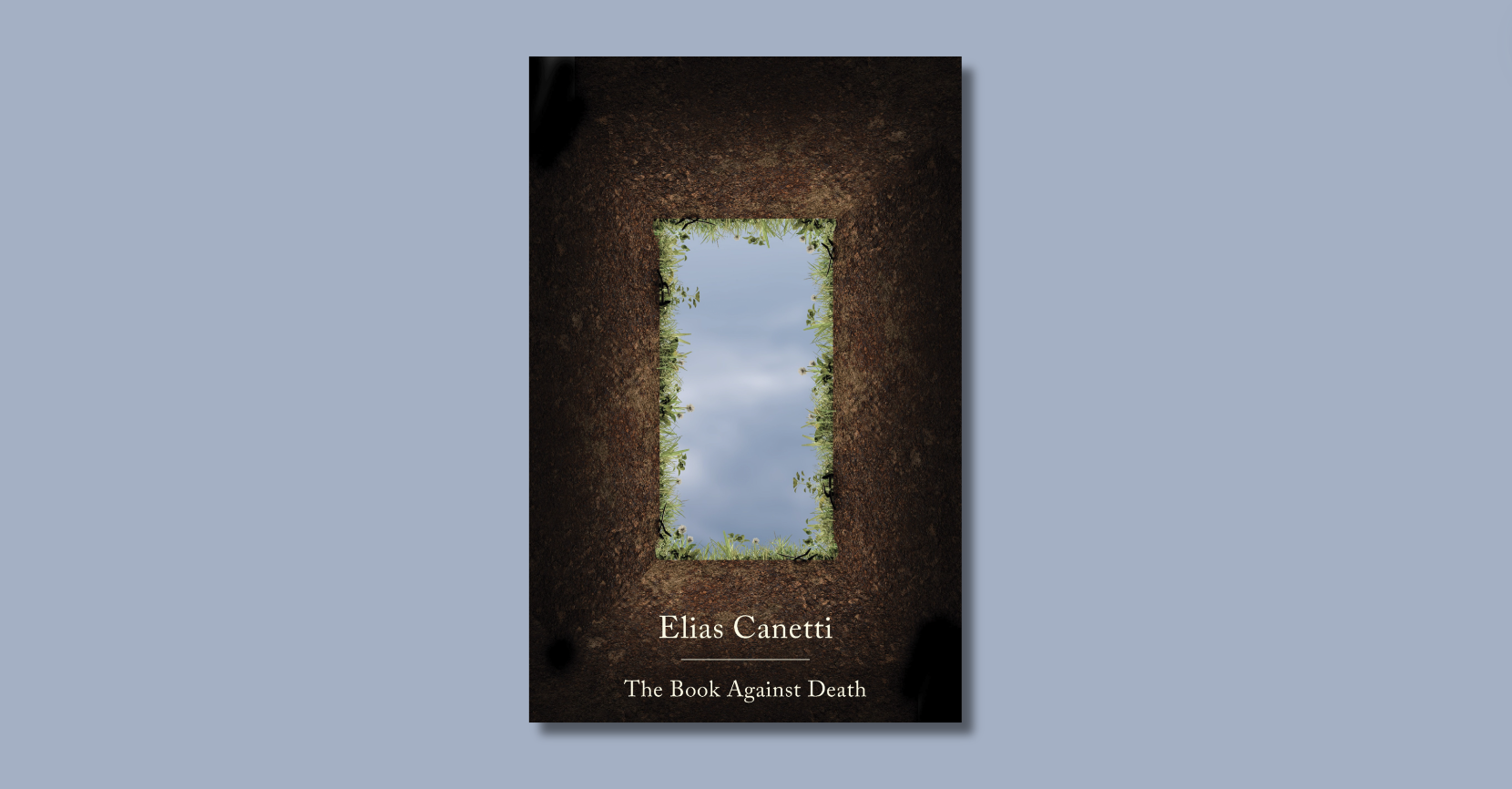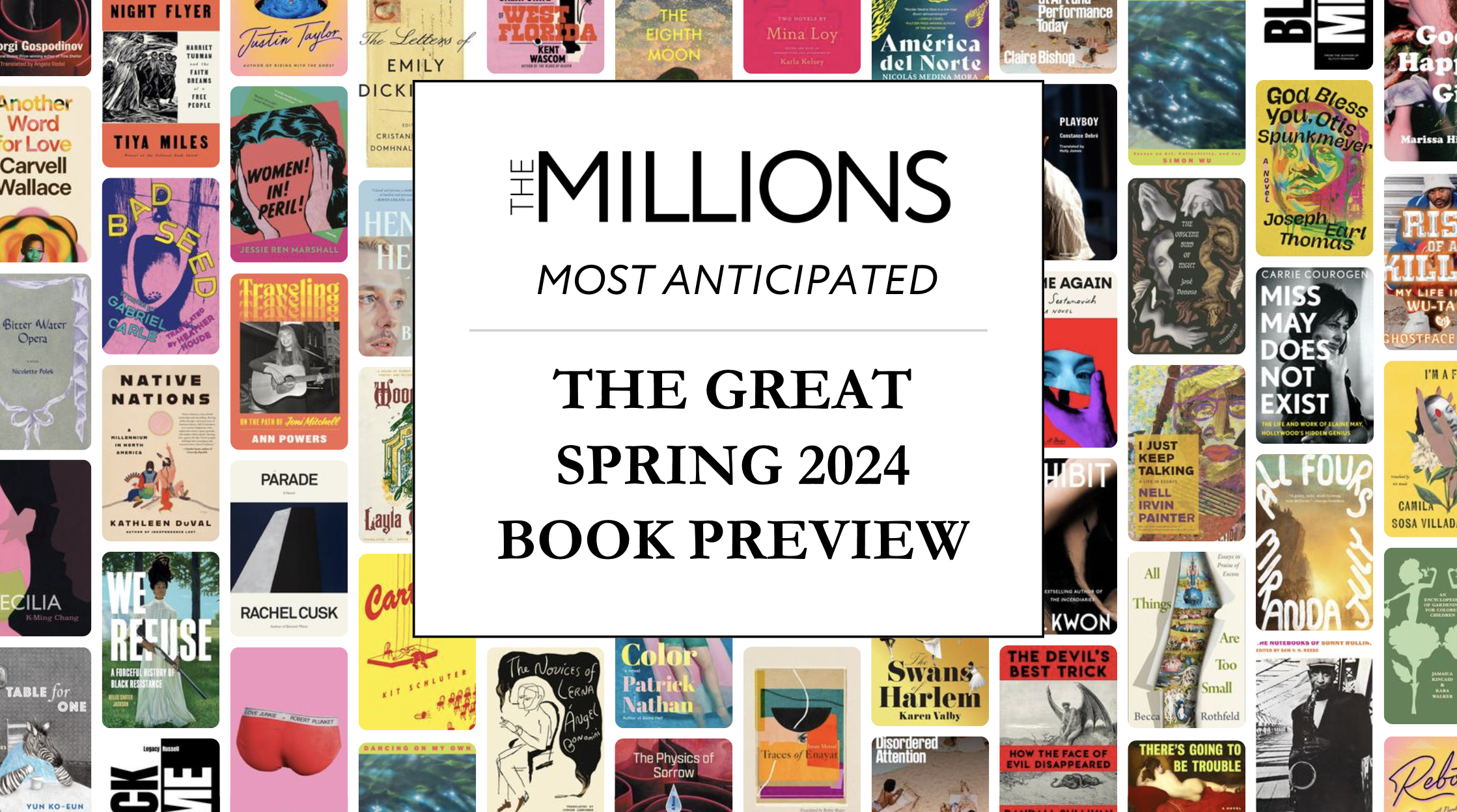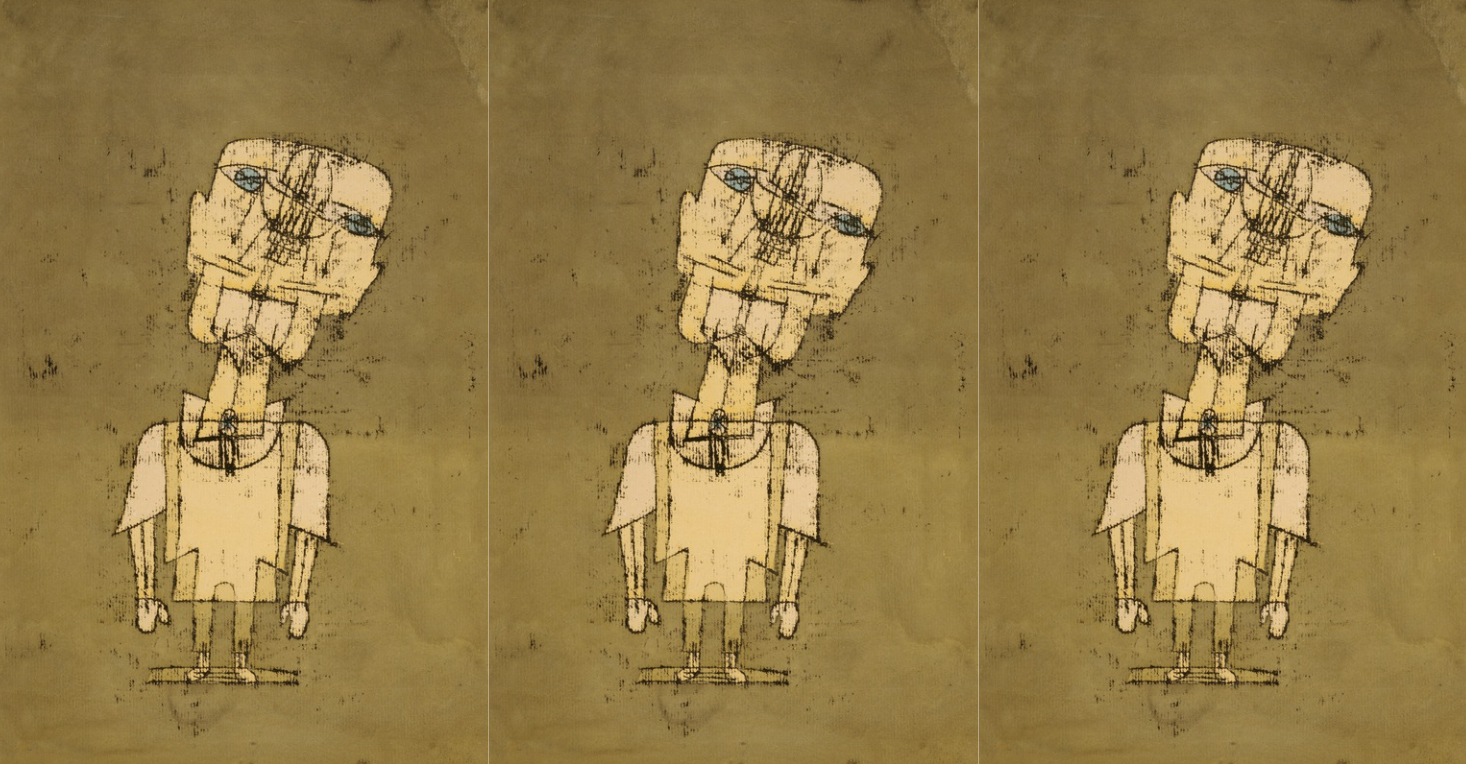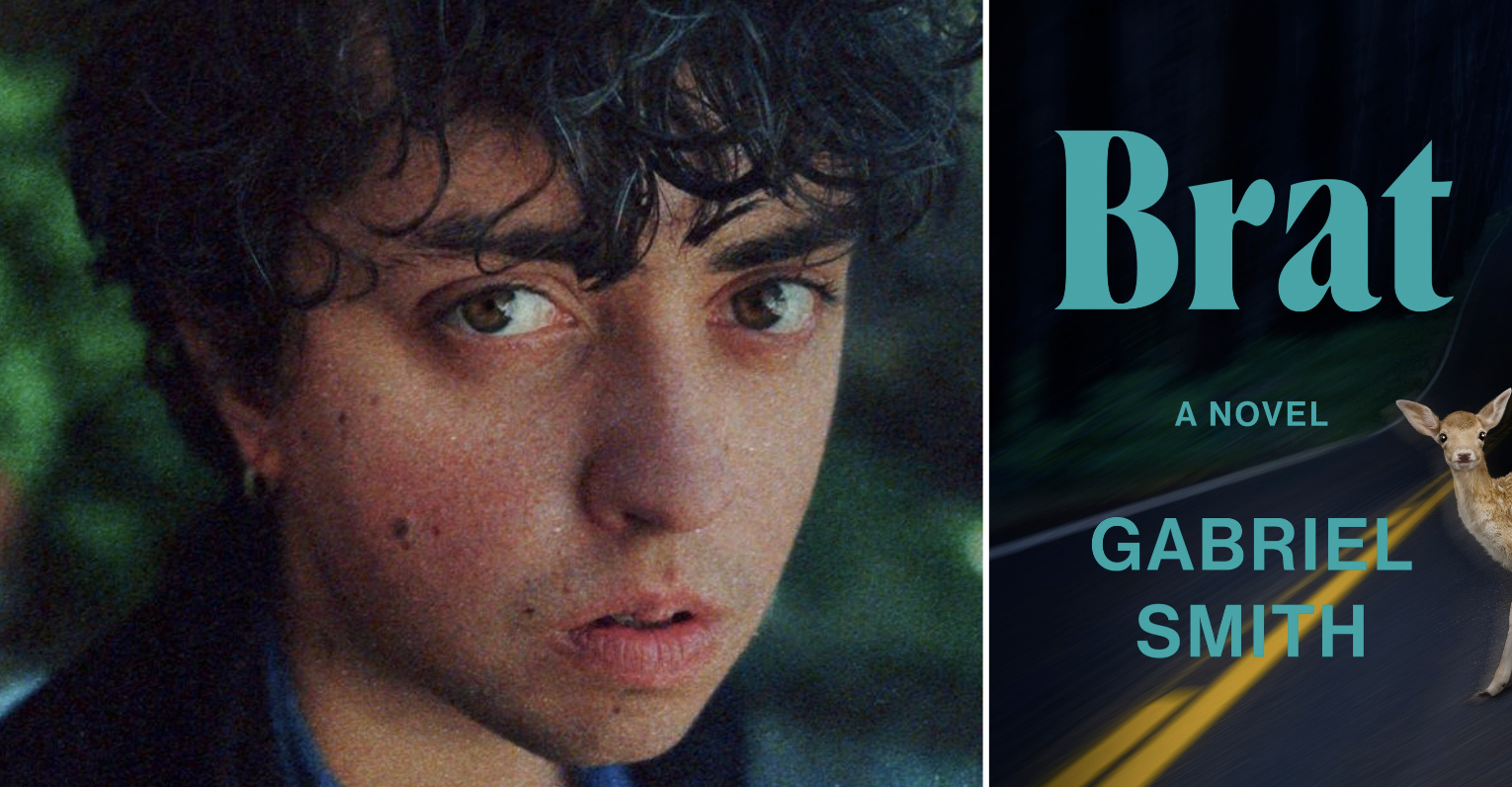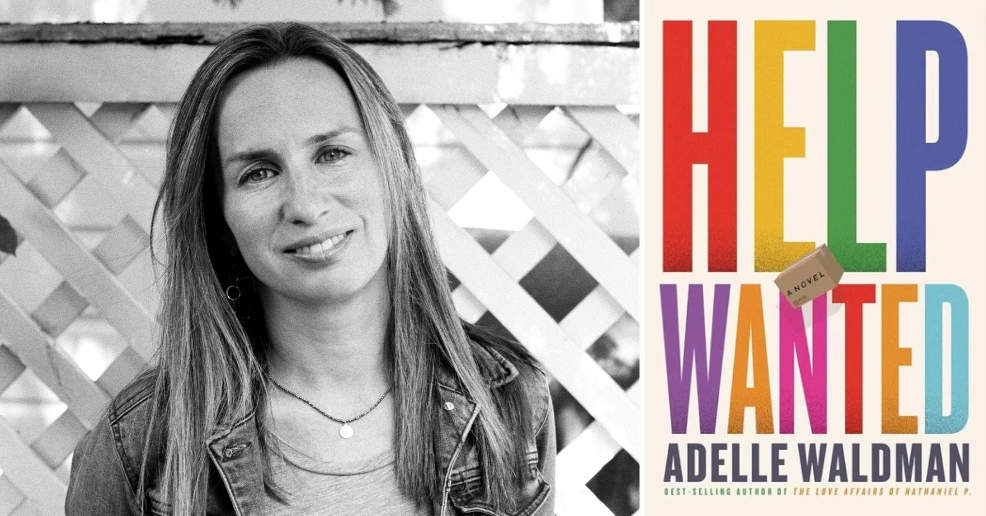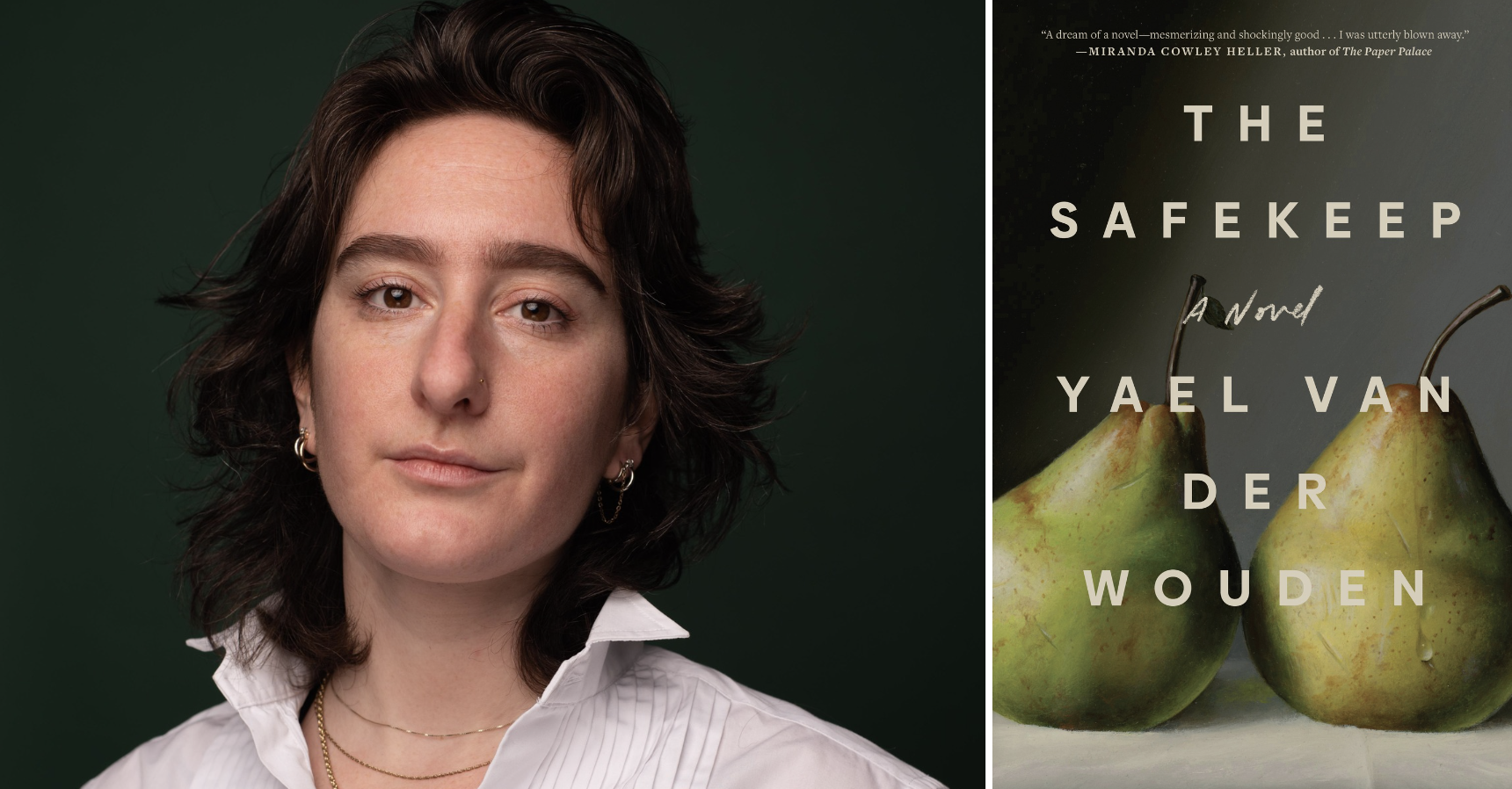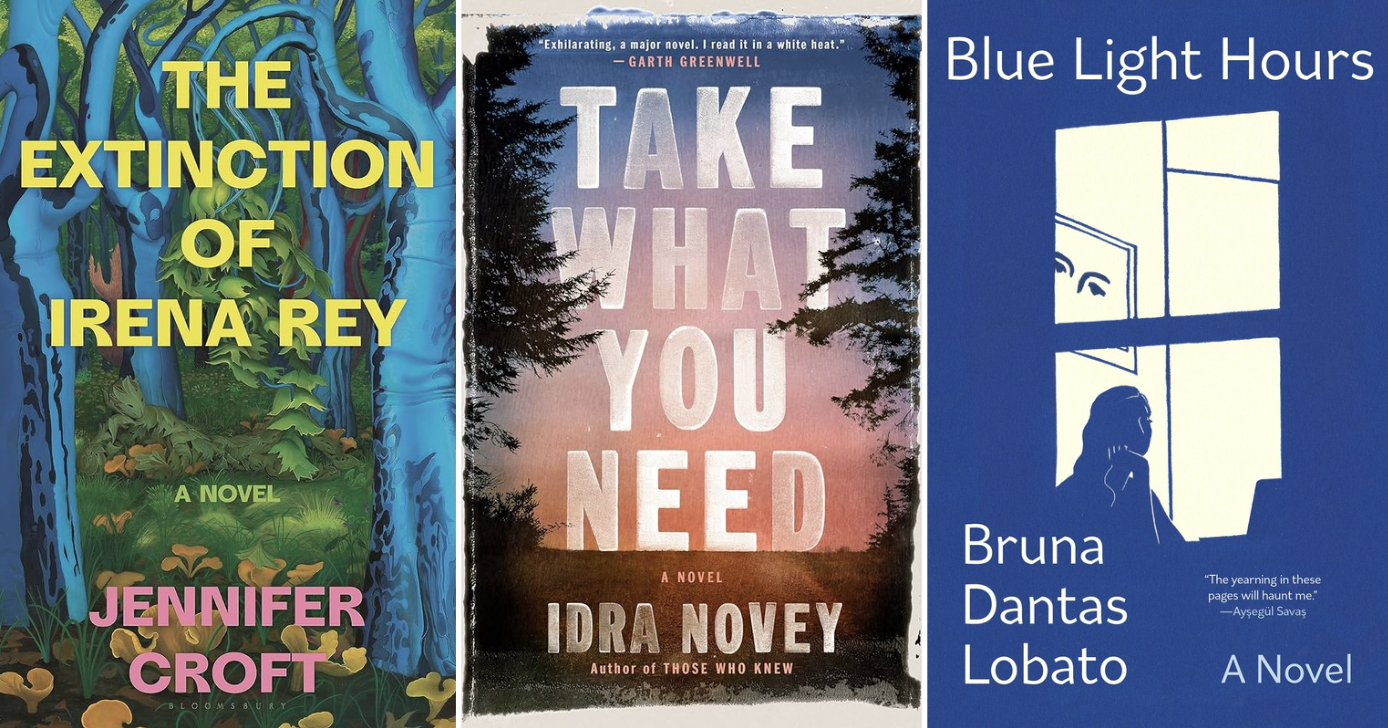Death is one of the great literary subjects. It is also an essential narrative device, at once extreme and quotidian. How many stories hinge on either the escape from death or a fate worse than death? And when there is nothing left to happen, characters die. Kafka’s Gregor Samsa, subjected to every possible humiliation and degradation after his metamorphosis, simply expires under the couch. Another Kafkan death: Josef K., also subject to every possible humiliation, faces one more as he is publicly executed, stabbed in the street, “like a dog!”


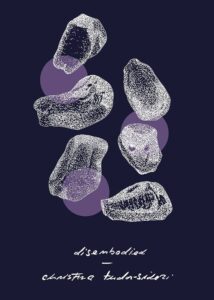 Fictional characters die all the time, yet death confounds representation. The traditional novel hopes to show us life from inside, as it were, and cannot do this with death. This hasn’t stopped novelists from trying. Hans Fallada, in Alone in Berlin, attempts to capture the interiority of Otto Quangel during his execution by guillotine, but instead turns it into a moment of grotesque absurdity in an otherwise serious book. When Paul Bowles, in The Sheltering Sky, attempts to write the exact moment when Port Moresby dies, the entire linguistic edifice of the book must be distorted; if Bowles had written it straight it would have been unremarkable. Yet that passage—“point of darkness and gateway to repose”—cuts so acutely against the rest of Bowles’s style that the whole book sinks around it. More recently Christina Tudor-Sideri, in Disembodied, sets out her narrative as the final thought of her narrator, conveyed in a single, 150-page long paragraph, a literal last gasp. It is a wonderful little book, but any critical reader will feel our narrator remains alive throughout the novel. Close to death, on death’s door—these are all ways of being not quite dead yet.
Fictional characters die all the time, yet death confounds representation. The traditional novel hopes to show us life from inside, as it were, and cannot do this with death. This hasn’t stopped novelists from trying. Hans Fallada, in Alone in Berlin, attempts to capture the interiority of Otto Quangel during his execution by guillotine, but instead turns it into a moment of grotesque absurdity in an otherwise serious book. When Paul Bowles, in The Sheltering Sky, attempts to write the exact moment when Port Moresby dies, the entire linguistic edifice of the book must be distorted; if Bowles had written it straight it would have been unremarkable. Yet that passage—“point of darkness and gateway to repose”—cuts so acutely against the rest of Bowles’s style that the whole book sinks around it. More recently Christina Tudor-Sideri, in Disembodied, sets out her narrative as the final thought of her narrator, conveyed in a single, 150-page long paragraph, a literal last gasp. It is a wonderful little book, but any critical reader will feel our narrator remains alive throughout the novel. Close to death, on death’s door—these are all ways of being not quite dead yet.
There is a more fundamental issue at stake. Could death and writing be opposed? “With every hour spent alone, with every sentence that you draft, you win back a piece of your life.” writes Elias Canetti, our last great Dichter, in The Book Against Death. Canetti’s opposition to death is absolute: “[N]o one should ever have to die. The worst crime did not deserve death, and without the acceptance of death, the worst crime would not even exist.”

 Canetti is an odd figure in the history of literature. A great many of his works are memoirs and notes. He wrote one novel, Auto-Da-Fé (1935), and one work of traditional nonfiction, Crowds and Power (1960), which explores the interrelationship between its two titular subjects. His case studies are pulled not from the social sciences but from the ancient world; at the center of Crowds and Power are tales of despots and leaders from ancient Rome and Islamic sultanates in the Deccan Plateau. The Book Against Death is Canetti’s lifelong project. He penned the first entry in 1937, the year his mother died, and the last in 1994, the year of his own passing. It only appeared in German in 2014 and has now finally been translated into English by Peter Filkins. It displays all of Canetti’s erudition—observations about animal life intermingle with tales from classical China, philosophers and writers are put under the knife, and every religion will be cited and lambasted in equal measure—as well as his bleak wit.
Canetti is an odd figure in the history of literature. A great many of his works are memoirs and notes. He wrote one novel, Auto-Da-Fé (1935), and one work of traditional nonfiction, Crowds and Power (1960), which explores the interrelationship between its two titular subjects. His case studies are pulled not from the social sciences but from the ancient world; at the center of Crowds and Power are tales of despots and leaders from ancient Rome and Islamic sultanates in the Deccan Plateau. The Book Against Death is Canetti’s lifelong project. He penned the first entry in 1937, the year his mother died, and the last in 1994, the year of his own passing. It only appeared in German in 2014 and has now finally been translated into English by Peter Filkins. It displays all of Canetti’s erudition—observations about animal life intermingle with tales from classical China, philosophers and writers are put under the knife, and every religion will be cited and lambasted in equal measure—as well as his bleak wit.
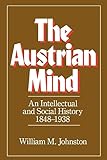 It also displays, par excellence, his contrarian nature. In the Austrian milieu in which Canetti came of age (intellectually, at least) death was seen as essential to the creative arts. In his magisterial The Austrian Mind, intellectual historian William M. Johnston dedicates an entire chapter to death. From Mozart to Joseph Roth, the Austrians are obsessed with death. Johnston’s examples are legion: Mozart called death “The true goal of our existence”; Austrian playwright Hermann Bahr claimed he was “fond of death”; Hermann Broch said that death admonished the poet to “endow life with the utmost possible meaning.” Perhaps the surest example is the mourning of Empress Maria Theresa; for 15 years after the death of her husband she hung black silk in the rooms of the Hofburg Palace. Fifteen years! Canetti’s writing against death is a rebellion against the Holocaust and two world wars, but it is also a rebellion against Austrian intellectual life.
It also displays, par excellence, his contrarian nature. In the Austrian milieu in which Canetti came of age (intellectually, at least) death was seen as essential to the creative arts. In his magisterial The Austrian Mind, intellectual historian William M. Johnston dedicates an entire chapter to death. From Mozart to Joseph Roth, the Austrians are obsessed with death. Johnston’s examples are legion: Mozart called death “The true goal of our existence”; Austrian playwright Hermann Bahr claimed he was “fond of death”; Hermann Broch said that death admonished the poet to “endow life with the utmost possible meaning.” Perhaps the surest example is the mourning of Empress Maria Theresa; for 15 years after the death of her husband she hung black silk in the rooms of the Hofburg Palace. Fifteen years! Canetti’s writing against death is a rebellion against the Holocaust and two world wars, but it is also a rebellion against Austrian intellectual life.
Writing is a mode of preservation, a way to stave off or otherwise defy death—we write to monumentalize ourselves, our lives, our times. Canetti points to a second way in which writing is incompatible with death. In his 1976 essay “The Profession of the Poet,” he argues that the poet—or at least one worthy of the title—is one who “preserves metamorphosis.” For Canetti, metamorphosis has always been at the heart of literary tradition, and he points to the Odyssey, The Epic of Gilgamesh, and Ovid’s Metamorphoses as evidence. He also means, however, that literature transforms on both an aesthetic and sociological level. Poets transform the everyday into the extraordinary, persons into personas, scenes into allegories. Yet poets’ work also transforms the world around them: language, people, places, tragedy and world views are all reconstituted in their hands. And death is anathema to such a view, for death is the final metamorphosis that ends all possibility of metamorphosis. As Canetti writes in The Book Against Death: “I cannot be transformed through death.”
 Literature, then, is against death. In The Torch in My Ear, the second volume of his memoirs, Canetti writes of his encounter with The Epic of Gilgamesh, a work that deeply moves him and transforms his worldview. The epic begins with metamorphosis: Enkidu is transformed from a wild man into a civilized one. It ends with death. Gilgamesh is bereft when Enkidu dies—cursed with a fatal illness by the gods—and goes in search of the secret of everlasting life. Gilgamesh fails in his quest and dies as well. Canetti, however, will not accept that the Epic of Gilgamesh is a myth about the futility of resisting death:
Literature, then, is against death. In The Torch in My Ear, the second volume of his memoirs, Canetti writes of his encounter with The Epic of Gilgamesh, a work that deeply moves him and transforms his worldview. The epic begins with metamorphosis: Enkidu is transformed from a wild man into a civilized one. It ends with death. Gilgamesh is bereft when Enkidu dies—cursed with a fatal illness by the gods—and goes in search of the secret of everlasting life. Gilgamesh fails in his quest and dies as well. Canetti, however, will not accept that the Epic of Gilgamesh is a myth about the futility of resisting death:
The aim is not to parrot the banality that so far all human beings have died: the point is to decide whether to accept death willingly or stand up against it. With my indignation against death, I have acquired a right to glory, wealth, misery and despair of all experience. I have lived in this endless rebellion.
 What does this rebellion look like? What does it mean to “accept no death,” as Canetti declares again and again throughout The Book Against Death? At the end of his 1969 book Kafka’s Other Trial, one of the finest works of literary criticism ever penned, Canetti details how Kafka finally frees himself from his torturous relationship with Felice Bauer. He informs her by letter that he is sick and he will never be well again. As Canetti explains: “[W]ith this he kills himself off for her, and he withdraws from her now by a kind of suicide projected into the future.” Although Kafka will die from tuberculosis eight years after he pens this letter, he does not truly know nor believe he will perish. It is an excuse. As proof, Canetti offers the following from Kafka’s “third octavo notebook”: “I haven’t yet written down the decisive thing, I am still going in two directions. The work awaiting me is enormous.” With this Canetti reveals his own hand. He juxtaposes writing and death; the marks on the page are the opposite of the marks on the tombstone.
What does this rebellion look like? What does it mean to “accept no death,” as Canetti declares again and again throughout The Book Against Death? At the end of his 1969 book Kafka’s Other Trial, one of the finest works of literary criticism ever penned, Canetti details how Kafka finally frees himself from his torturous relationship with Felice Bauer. He informs her by letter that he is sick and he will never be well again. As Canetti explains: “[W]ith this he kills himself off for her, and he withdraws from her now by a kind of suicide projected into the future.” Although Kafka will die from tuberculosis eight years after he pens this letter, he does not truly know nor believe he will perish. It is an excuse. As proof, Canetti offers the following from Kafka’s “third octavo notebook”: “I haven’t yet written down the decisive thing, I am still going in two directions. The work awaiting me is enormous.” With this Canetti reveals his own hand. He juxtaposes writing and death; the marks on the page are the opposite of the marks on the tombstone.

 The endless rebellion of Canetti is best seen in his constant jottings. Including The Book Against Death, four of his published works—The Agony of Flies, The Secret Heart of the Clock, and Notes from Hampstead—are collections of his notes and aphorisms. There is a sense in which, for Canetti, every book is a book against death, but Canetti never turned these particular notes into a book in his lifetime. In a sense, this was his final ploy against death. He is aware of this, writing in The Book Against Death that “it has become ever more clear to me that I can only write the book about death when I am entirely certain that it will not be published within my lifetime…. I also don’t want to be alive when it appears, so that I don’t have to defend it.” Yet there is no need to defend The Book Against Death. Its mere existence is proof of concept. Every posthumous publication, after all, is a resurrection.
The endless rebellion of Canetti is best seen in his constant jottings. Including The Book Against Death, four of his published works—The Agony of Flies, The Secret Heart of the Clock, and Notes from Hampstead—are collections of his notes and aphorisms. There is a sense in which, for Canetti, every book is a book against death, but Canetti never turned these particular notes into a book in his lifetime. In a sense, this was his final ploy against death. He is aware of this, writing in The Book Against Death that “it has become ever more clear to me that I can only write the book about death when I am entirely certain that it will not be published within my lifetime…. I also don’t want to be alive when it appears, so that I don’t have to defend it.” Yet there is no need to defend The Book Against Death. Its mere existence is proof of concept. Every posthumous publication, after all, is a resurrection.
